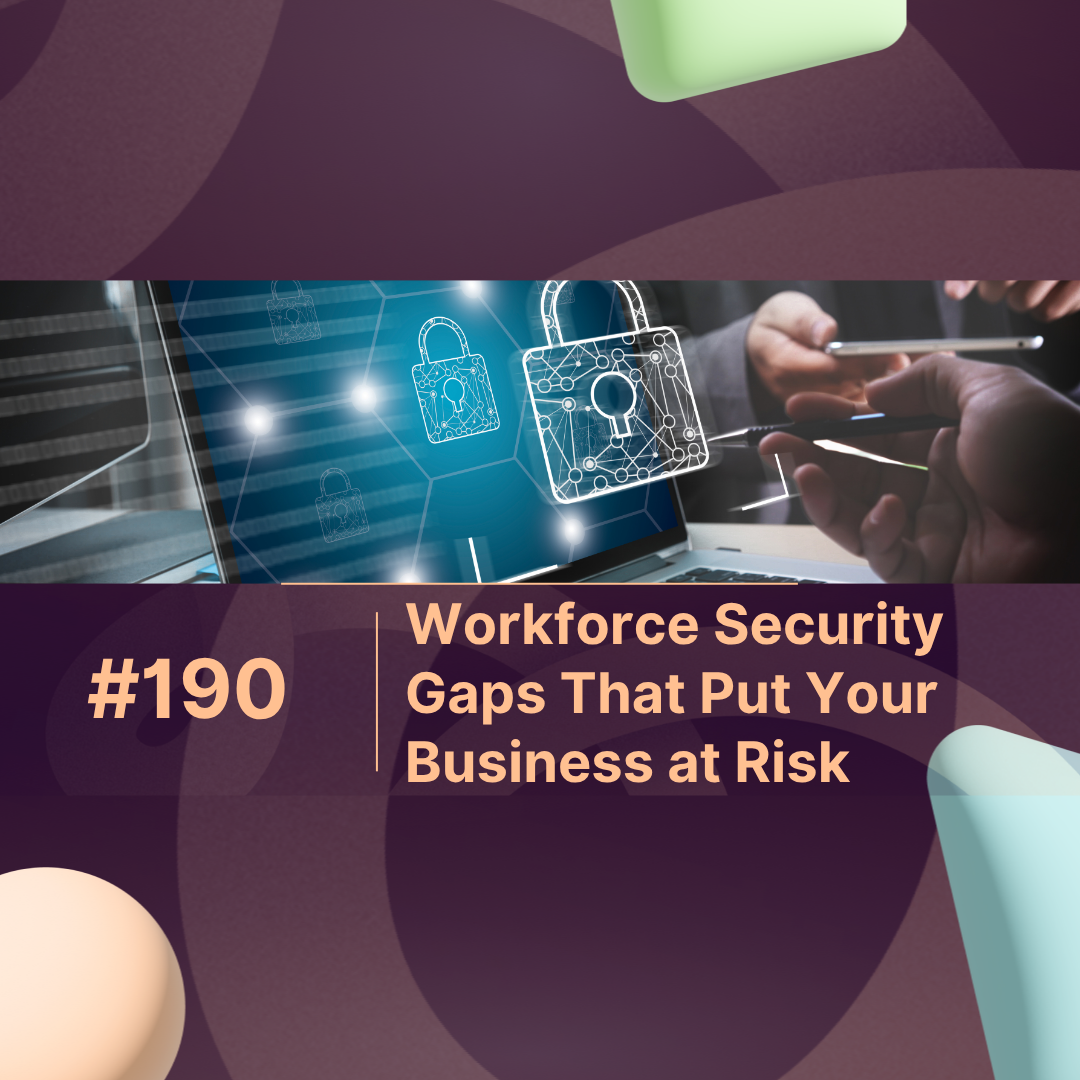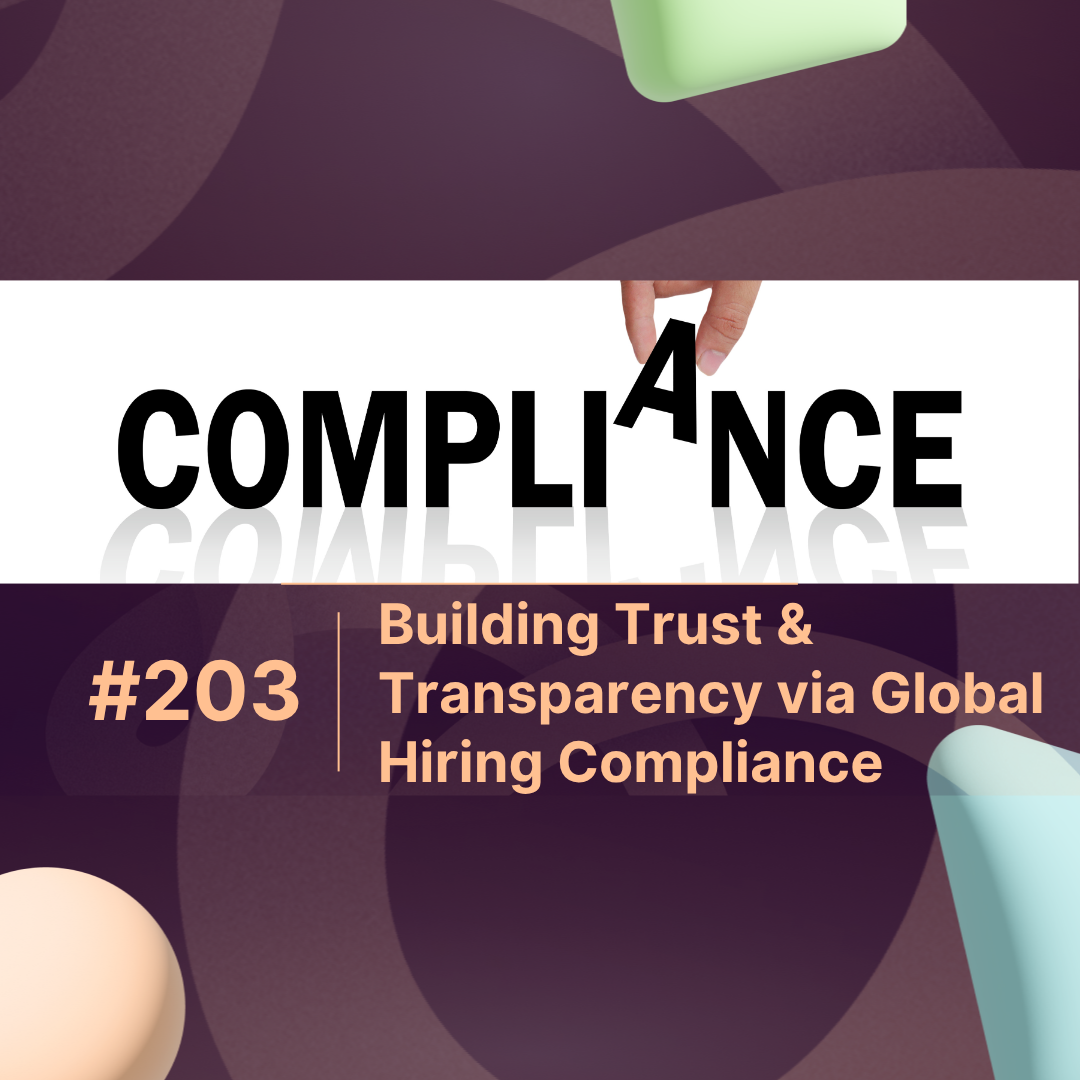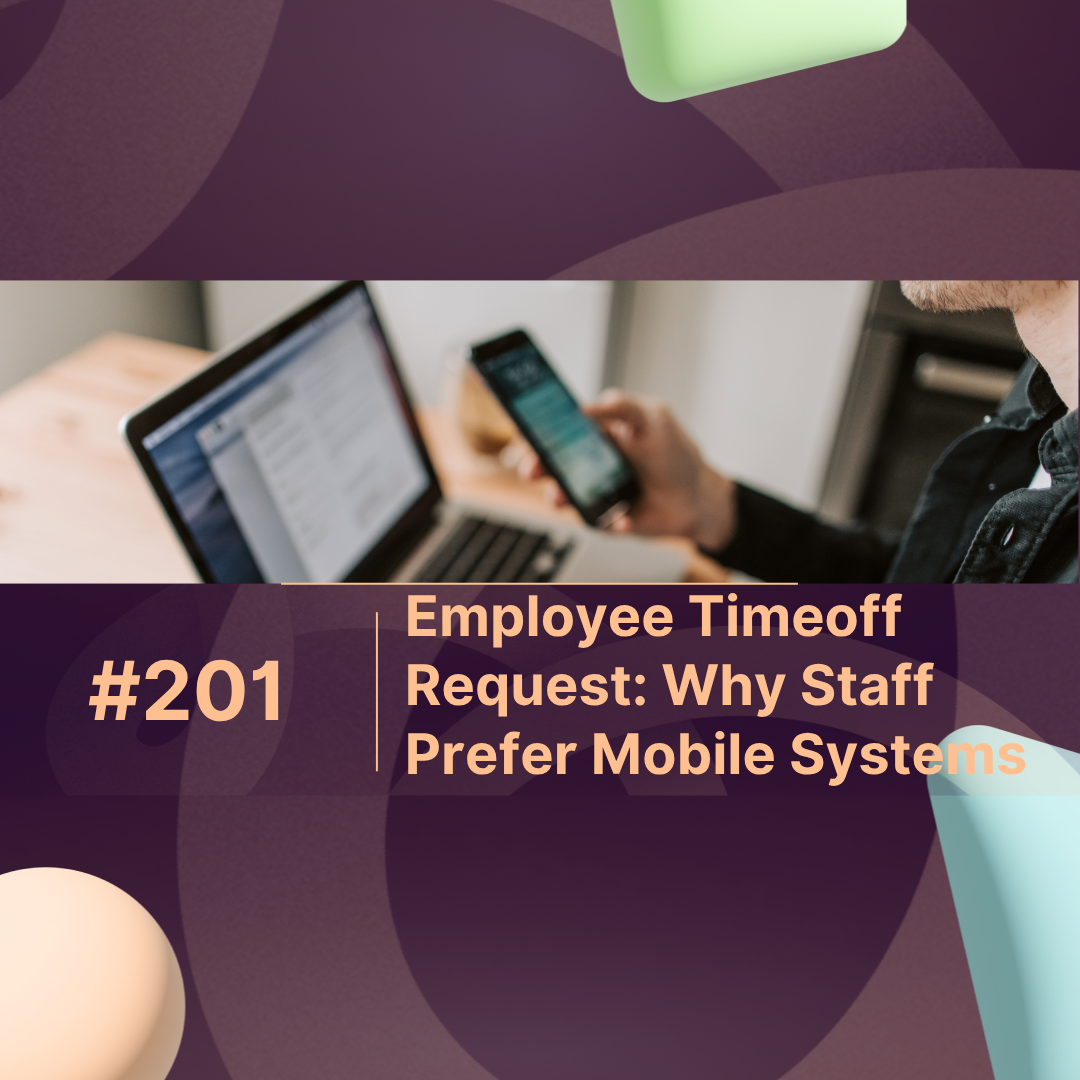Overview
Workforce Security is more than just passwords and firewalls—it’s about protecting people, data, and systems from evolving threats. Many organizations believe their policies are airtight, yet hidden security gaps often leave them exposed. In this article, we uncover the five most common workforce security gaps that put modern businesses at risk and show how MaxHR helps companies close these vulnerabilities with smarter, AI-driven protection.
1. Weak Employee Access Controls
One of the biggest workforce security gaps lies in poor identity and access management. Many businesses still rely on manual provisioning, shared credentials, or outdated role-based permissions.
Why It’s a Problem:
When employees have more access than needed, a single compromised account can expose sensitive data or systems.
| Security Area | % of Companies Lacking Controls | Potential Risk Level (1–10) |
|---|---|---|
| Access Management | 62% | 9 |
| Password Policies | 54% | 8 |
| MFA Enforcement | 47% | 7 |
Solution:
Use automated access control systems that integrate with HR tools like MaxHR. It ensures only active employees retain access and automatically revokes permissions when roles change or offboarding occurs.
2. Inconsistent Remote Work Security
With hybrid work becoming standard, remote workforce security remains one of the top corporate challenges. Many employees connect from unsecured networks or personal devices without encryption or endpoint protection.
Key Risks:
-
Data leakage via unsecured Wi-Fi
-
Phishing attacks through personal email use
-
Shadow IT (unsanctioned tools and apps)
Solution:
Deploy a centralized remote security policy. MaxHR’s compliance module helps enforce device authentication, VPN usage, and policy adherence across distributed teams—reducing remote risk exposure.
3. Lack of Regular Security Awareness Training
Even the best cybersecurity stack can’t protect a workforce that isn’t aware of threats. According to IBM’s 2025 Cybersecurity Report, 82% of data breaches involve human error.
Why It Matters:
Employees who aren’t trained regularly can fall for phishing, use weak passwords, or mishandle sensitive data.
Solution:
MaxHR includes an integrated security training dashboard that tracks completion rates and gamifies awareness sessions—turning compliance into a cultural habit instead of a one-off task.
4. Unsecured Offboarding Processes
One often-overlooked workforce security gap appears when employees leave the company.
Failing to revoke access, retrieve devices, or remove them from internal systems can leave open doors for data theft.
| Offboarding Element | % of Orgs Missing Policy | Average Time to Revoke Access (Days) |
|---|---|---|
| Email/Account Removal | 45% | 3.4 |
| Device Retrieval | 37% | 5.1 |
| HR-System Sync | 33% | 6.7 |
Solution:
Use automated offboarding workflows through tools like MaxHR, which instantly syncs employee status with IT systems to disable access the moment HR marks separation—no manual steps required.
5. Insufficient Insider Threat Monitoring
Not all risks come from outside. Insider threats whether malicious or accidental pose one of the most damaging workforce security challenges.
Examples Include:
-
Copying confidential files to personal drives
-
Leaking sensitive data unintentionally
-
Abuse of administrative privileges
According to Verizon’s Data Breach Investigations Report, 34% of breaches involve internal actors.
Solution:
Implement real-time behavioral analytics. MaxHR integrates with security platforms to detect anomalies, such as unusual file downloads or off-hours access, allowing HR and IT teams to intervene early.
Why Businesses Must Rethink Workforce Security in 2025
The workforce is now the new security perimeter. As AI-driven phishing, social engineering, and credential theft rise, human-centered protection becomes mission-critical.
Platforms like MaxHR help companies unify HR, IT, and security under one intelligent ecosystem—reducing human error, automating compliance, and providing full visibility into user activity.
Direct Answer :
The five most common workforce security gaps are poor access control, weak remote work security, lack of employee training, unsecure offboarding, and missing insider threat monitoring. Businesses can fix these by automating HR-linked security workflows using tools like MaxHR, which unify identity, training, and compliance.
Conclusion
Workforce Security isn’t just an IT concern it’s a business priority. Gaps in training, access, and offboarding processes can cost millions in breaches or compliance penalties. By aligning HR and cybersecurity strategies through a unified platform like MaxHR, organizations can turn workforce security from a weakness into a competitive advantage.
FAQs on Workforce Security
1. What is workforce security in simple terms?
Workforce Security is the practice of protecting employees, data, and systems from unauthorized access, insider threats, and cyberattacks. It ensures that people have the right access at the right time.
2. How can HR systems like MaxHR improve security?
MaxHR automates employee onboarding/offboarding, monitors policy compliance, and connects HR data with IT systems to prevent human errors that often lead to breaches.
3. What are examples of insider threats in workforce security?
Examples include employees downloading confidential data, using unauthorized apps, or leaking company information—either intentionally or accidentally.
4. How often should employee security training be done?
Security awareness training should be conducted quarterly, with micro-learning refreshers every month for best results.
5. What is the biggest challenge in workforce security today?
The biggest challenge is managing remote and hybrid access risks, as employees work from multiple devices and networks outside traditional company firewalls.



